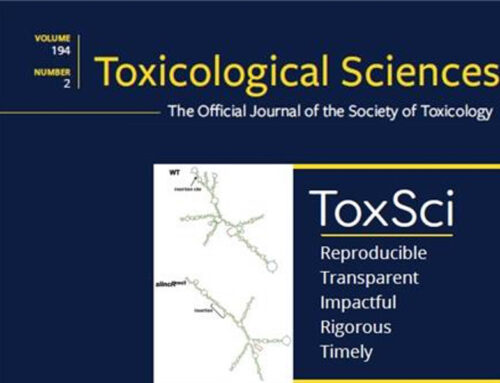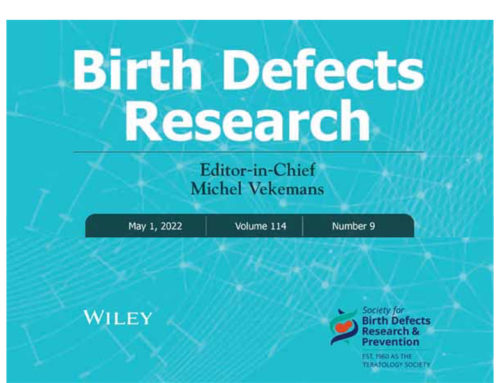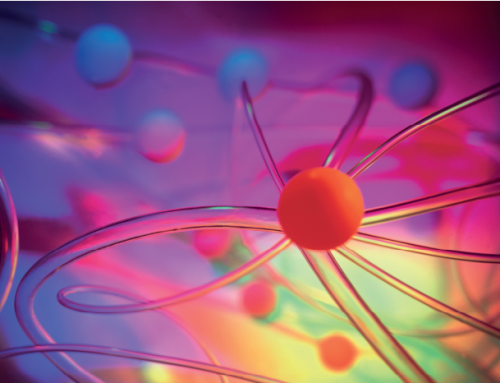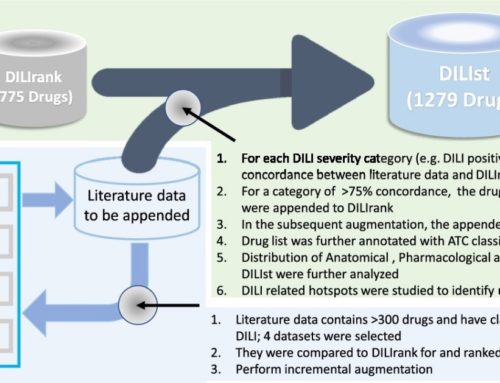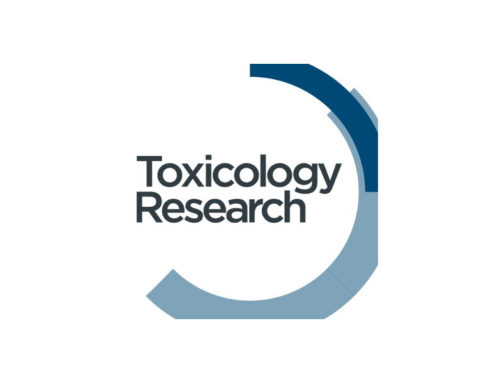Seizure Toxicology Research Paper Published
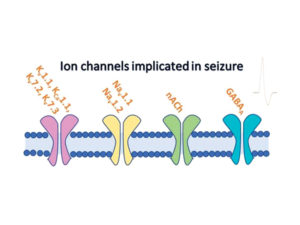
Introduction:
Detection of neurotoxicity induced by prospective new therapies represents a major challenge due to the morphological and physiological complexity of the central nervous system (CNS). Characterised by uncontrolled electrical activity in the brain, seizure liability remains a significant cause of attrition in drug discovery and development. An industry survey published in 2016 reported that seizures were the most commonly encountered CNS issue in preclinical drug development,1 and between 2005–2010 the CNS was the organ system most frequently associated with safety failure in clinical development.2 These preclinical and clinical failures lead to a loss of competitiveness, delays and increased costs for the pharmaceutical industry. Compounds associated with this liability span a wide variety of pharmacological classes and therapy areas, including many not intended to target the central nervous system.3

